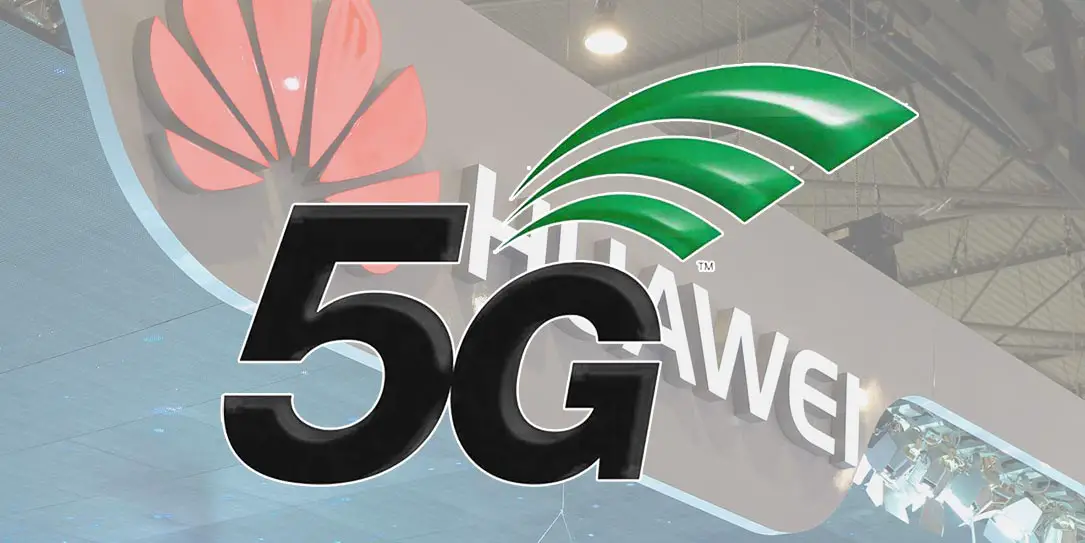There’s no question that a Huawei blacklist will have ramifications not only for the company but for others who use Huawei products from companies to individuals. The 3GPP, the international body which sets 5G and other networking standards, warns that a permanent Huawei blacklist could have even more consequences when it comes to standardisation.
“We cannot speculate on what will happen, but if the current situation prevails — this could have a dramatic impact on future standardisation.”
Adrian Scrase, 3GPP’s permanent support team head
Of concern is not only the number of 5G standard essential patents owned by Huawei, but also the fact that only two U.S. companies are represented on the 3GPP panel. IPlytics, a market intelligence group, says that Huawei owns more 5G standard patents than any other company.
Other analysts feel that U.S. companies could pull out from 3GPP and other standards bodies if Huawei remains. The reason they’d likely pull out is because U.S. patented technology could not be licensed to 3GPP or other bodies if Huawei remains involved.
If Huawei does becoming permanently blacklisted and China decides to pursue a separate 5G standard, there’s nothing stopping them from using technologies they can no longer license but have already seen. According to Edison Lee, an anylyst at Jeffries, states that in “many cases they [Chinese companies] have heavily influenced” these technologies. As such, one could assume that these companies feel like they have a right to use the technologies regardless of being able to license them or not.
Only time will tell as to how long Huawei will remain on the Entity List or if something will be worked out between the Chinese and American governments before the August extension Huawei was given.
What do you think about the impact a permanent Huawei blacklist could have on future standardisation? Let us know in the comments below or on Twitter, Facebook, or MeWe.
[button link=”https://www.ft.com/content/7e510cc0-88ea-11e9-97ea-05ac2431f453″ icon=”fa-external-link” side=”left” target=”blank” color=”285b5e” textcolor=”ffffff”]Source: Financial Times[/button]Last Updated on February 3, 2021.










